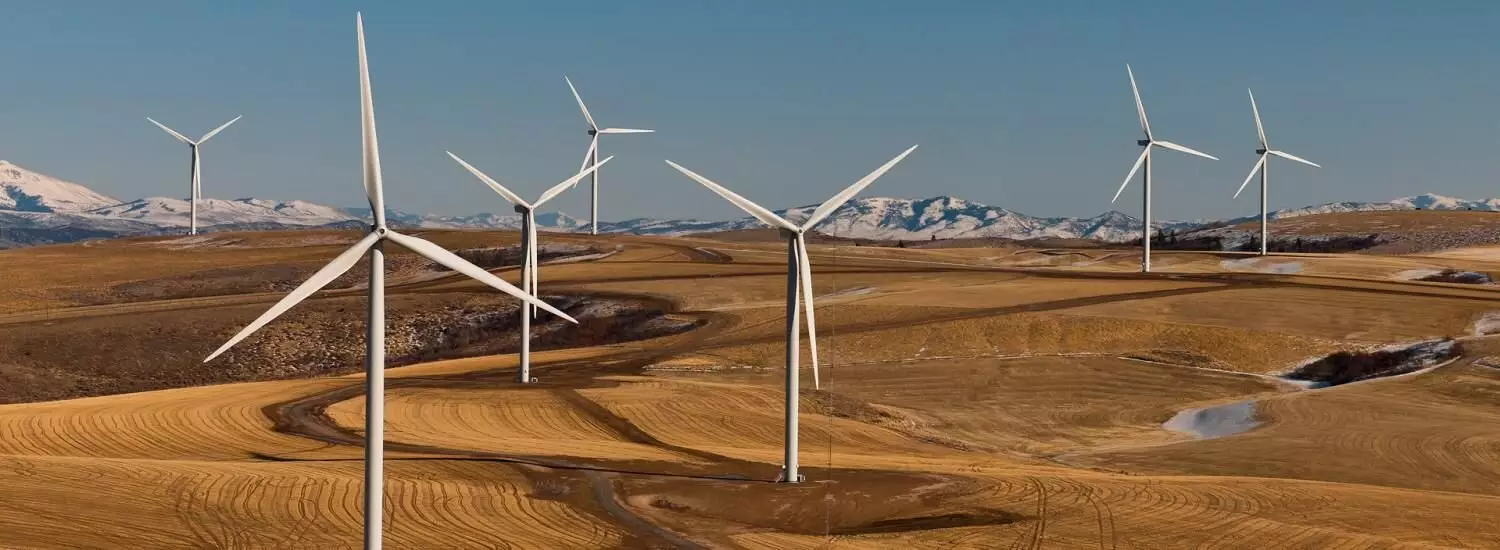The transition to renewable electricity in the United States has been a topic of concern and debate for many years. While state mandates have helped push for change, it is the utilities themselves that are taking the lead in this transition. A recent study conducted by researchers at the University of Colorado Boulder reveals that the private sector is moving faster than expected, driven by factors such as advances in technology, declining costs, and the shift from coal to natural gas and renewables.
The study, led by Grace Kroeger for her honors thesis in Environmental Studies, aimed to critically analyze the actions of utility companies in achieving renewable energy targets. Kroeger and co-author Matthew Burgess compared state renewable energy targets with utilities’ own goals over a span of 30 years. They also examined the impact of state-level goals on utilities’ decision-making processes.
What the researchers discovered was quite surprising. Utility companies are not only meeting but also exceeding state-level goals and policies. Projections based on the data collected indicate that the electric grid is likely to decarbonize by 100% by 2060, as long as utilities stay true to their commitments. Furthermore, when considering nuclear energy in the mix, utilities could achieve decarbonization as soon as 2050. This signifies that the industry, as a whole, is outpacing policy in driving the transition to renewable electricity.
Another significant finding of the study is that utility companies are planning to decarbonize across the board, even in states without renewable policies or goals. For instance, Southern Company has set its own decarbonization goals despite operating in states like Georgia, Mississippi, and Alabama that do not have portfolio standards. This demonstrates the commitment of utility companies to sustainability regardless of regulatory requirements.
While there are differences between blue and red states in terms of renewable energy goals and policies, the study revealed that most states, regardless of political affiliation, are on track to decarbonize according to utilities’ goals. Blue states tend to have stricter renewable energy goals and policies, but even red states are making progress in transitioning to renewables. It is noteworthy that these findings are based on utilities’ stated plans, which are not guaranteed. However, historical data indicates that utilities have already surpassed their planned transitions to renewables and away from fossil fuels.
Despite the positive progress made by utilities, it is important to acknowledge that neither the states nor the utilities are currently on track to decarbonize as fast as the Biden Administration’s goal to eliminate fossil fuels from the U.S. energy sector by 2035. This ambitious target, announced in April, did not come with specific policies or mandates to facilitate the transition. However, the study highlights the interesting developments happening in the private sector, indicating that further advancements in renewable energy may be expected.
Utilities in the United States are taking significant steps towards achieving 100% renewable electricity. The private sector is leading the way, surpassing state-level goals and policies. While challenges remain, such as meeting the ambitious targets set by the Biden Administration, the progress made by utilities is a promising sign for the future of renewable energy in the country. As technology advances and costs continue to decline, the transition to renewables will likely accelerate, further contributing to a sustainable and greener energy sector.


Leave a Reply